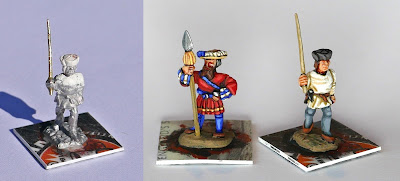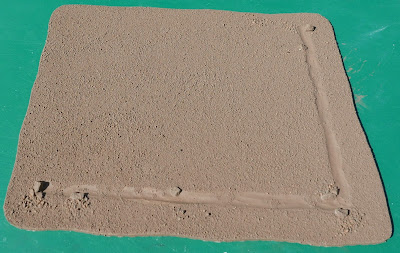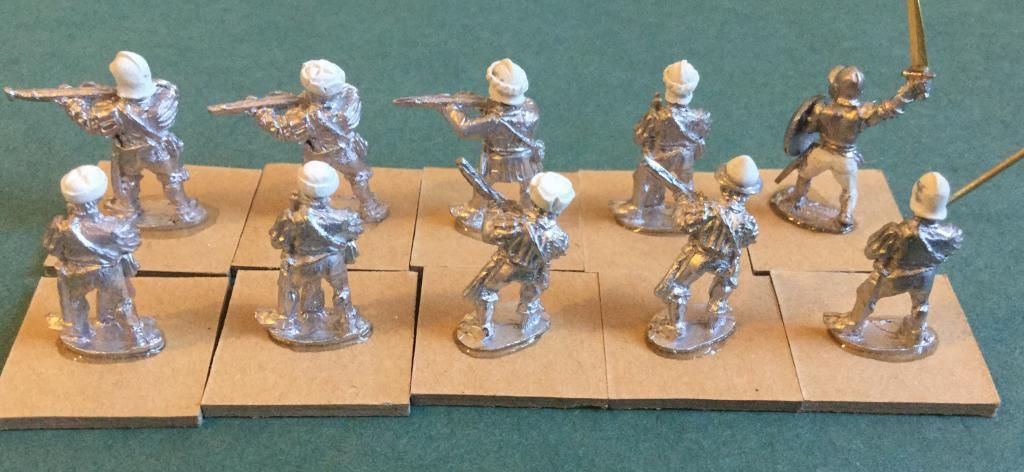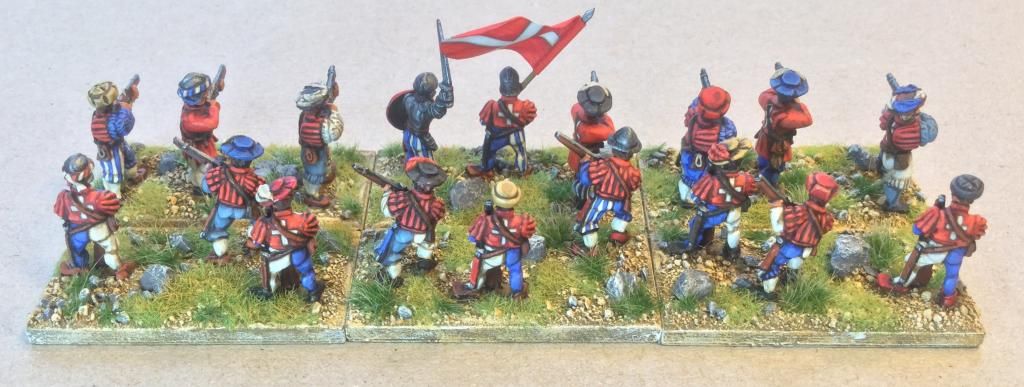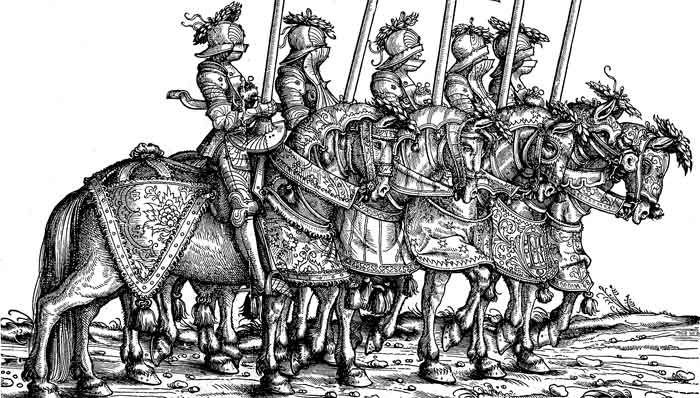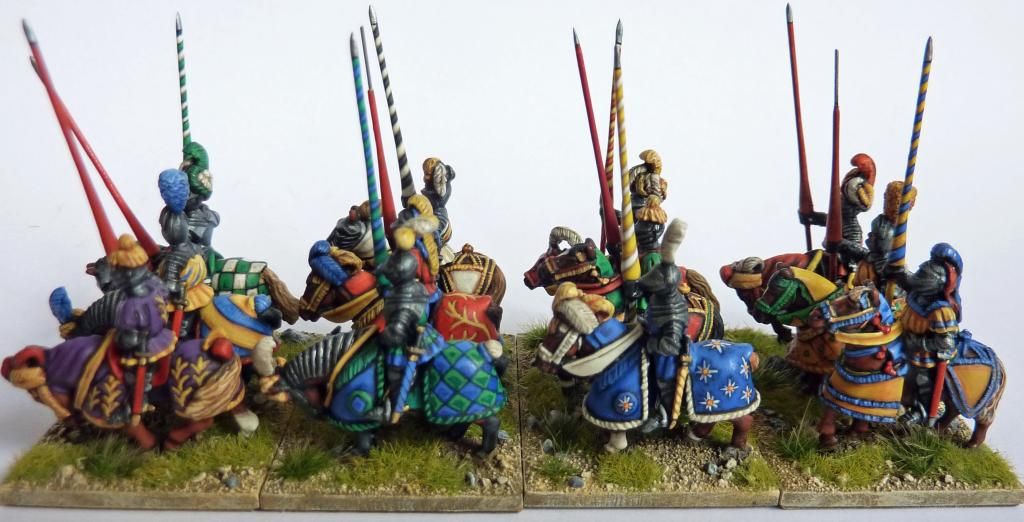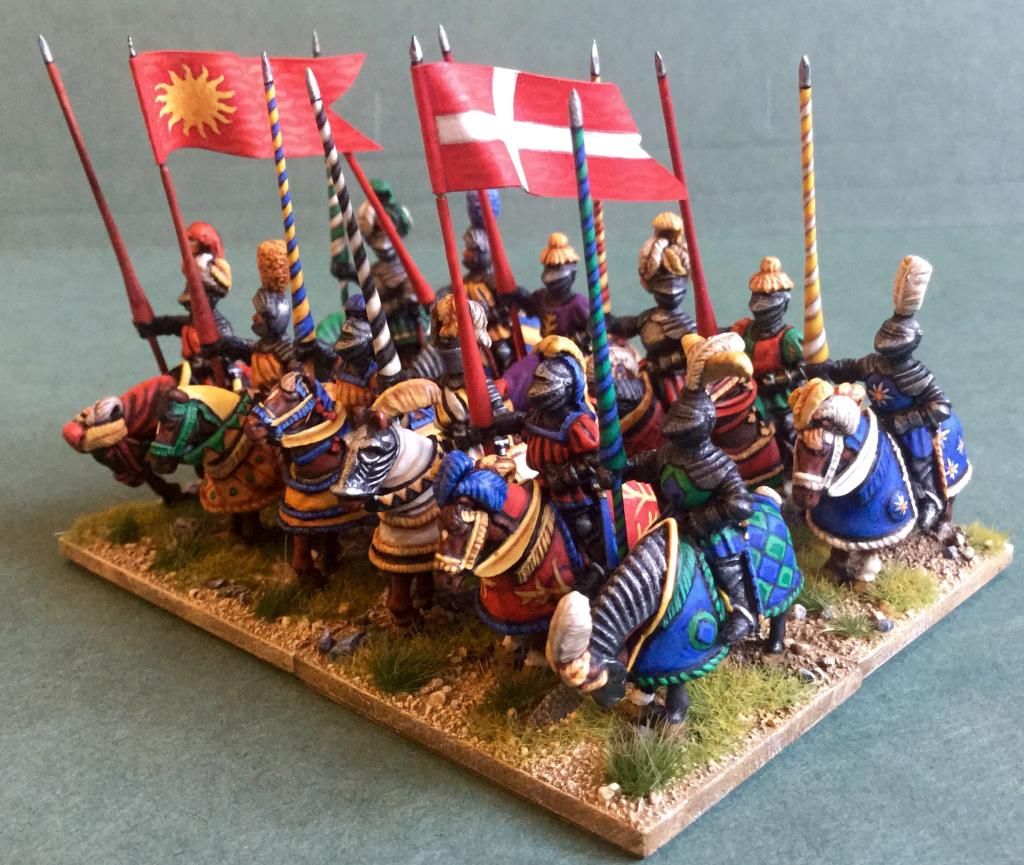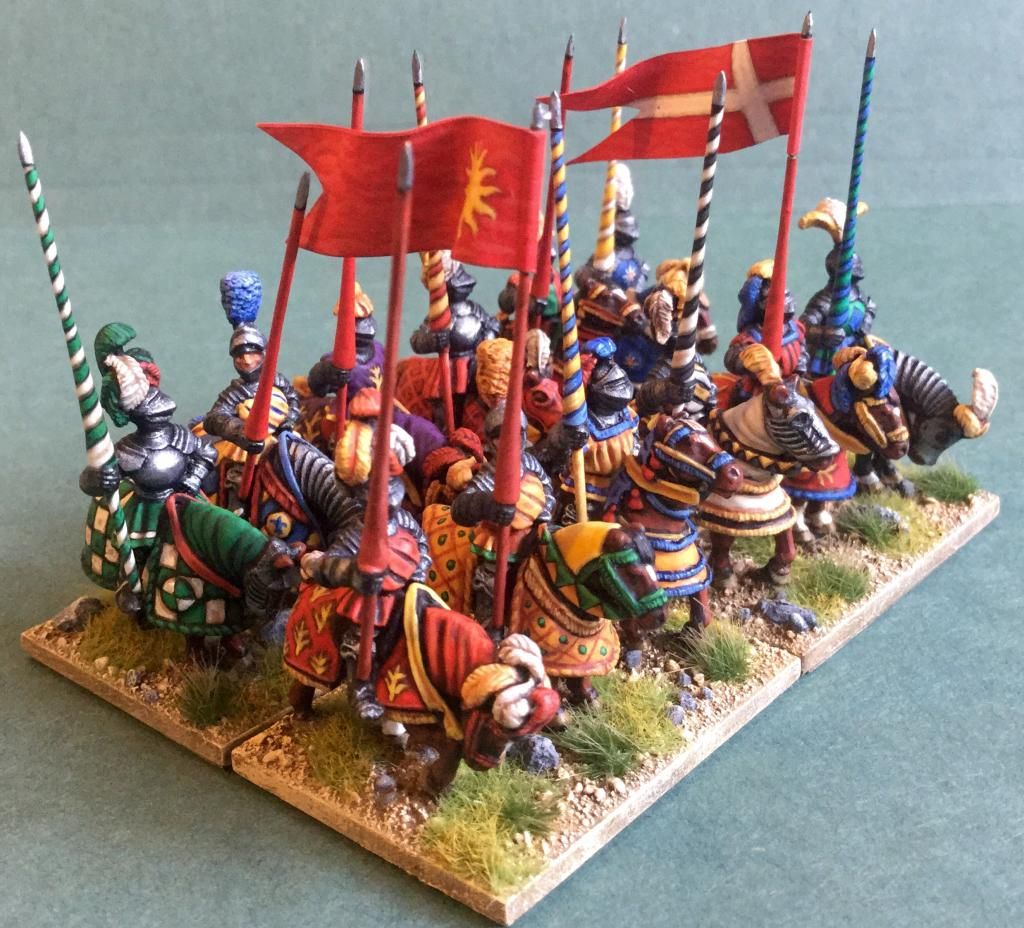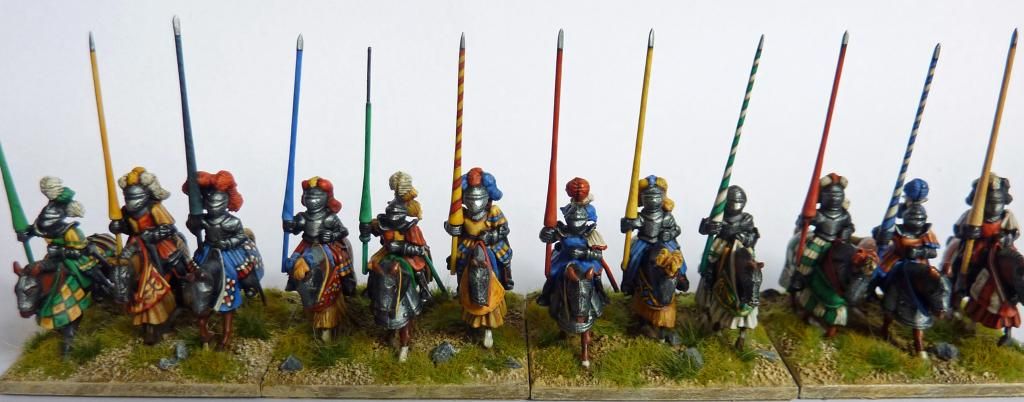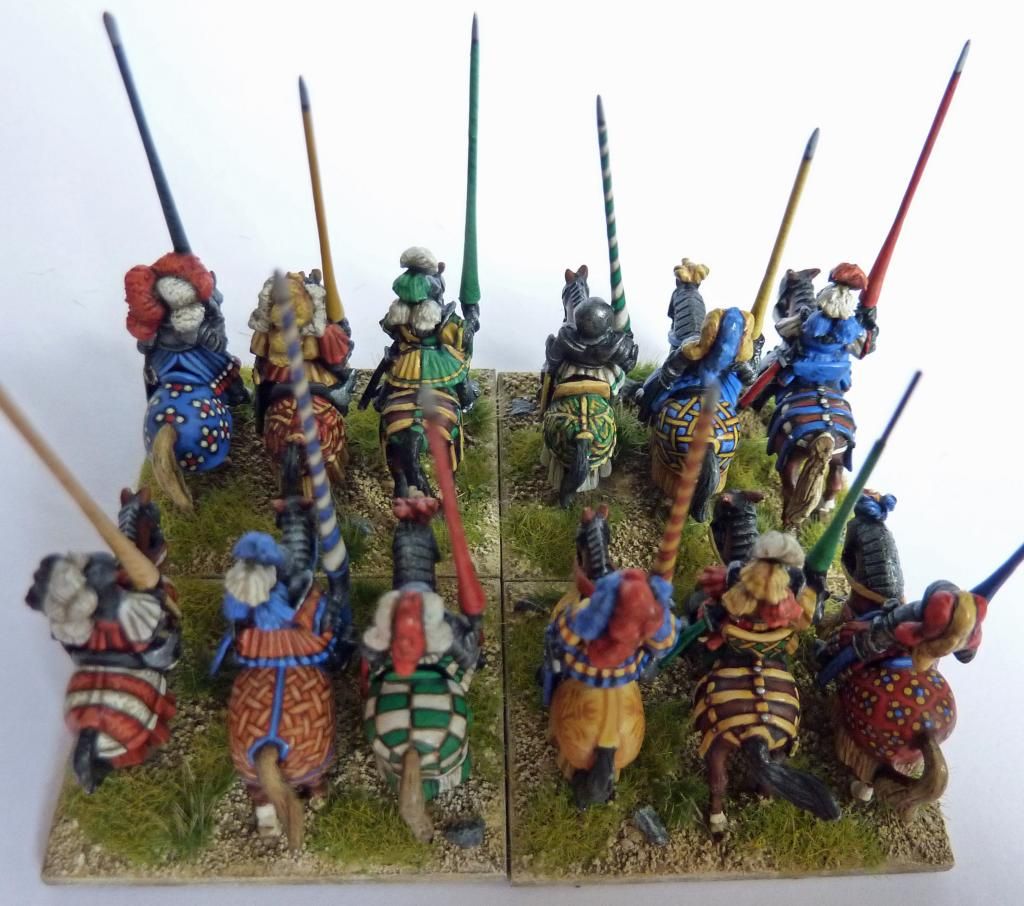Among the scenery types available to the Italian Wars French in FoG-R are vineyards. I have seen a lot of good commercial and home-made vineyard strips but they all seem to depict modern-style vines, grown in perfect straight lines on wires strung between posts. I’m no expert but it seems unlikely to me that 100m rolls of galvanised wire would have been available in the 16th century so this approach doesn’t seem quite right.
I made some online searches to try to find illustrations or descriptions of pre-industrial age vineyards without success, although I’m sure somebody has studied this area and published their findings. Whilst on holiday this summer, I saw a number of small vineyards near Minerve in the South of France with individual vines grown as bushes, pruned to slightly elongated shapes and in rough rows but with no wires or stakes. That seemed a more likely model to me for how most vineyards would have looked during the Italian Wars, so I based my pieces on that.
The armatures for the bushes were made from some fairly thin (about 0.5mm) steel wire which I had lying around. I cut this to approximately 40 mm lengths and twisted them together in threes using a pair of pliers. For the first few, I just twisted the three together but these tended to fall apart so I started giving an extra couple of twists to two of the wires and this made them more secure and also, I think, gave a more realistic and interesting shape. I cut the ends to length so the short, equal ends provided the ‘roots’ and bent the ‘branches’ to a suitably convoluted shape. I then covered the twists of the trunk with Araldite.
Most vineyard bases seems to be made on lolly / painting sticks but I wanted something a bit heavier and more stable so I cut strips from the same offcuts of Amtico which I used for the broken ground markers. This time I chamfered the edges so they would blend in with the bases a bit better. I glued the armatures on with hot glue - I’m not very used to using this and didn’t make a very neat job of it as can be seen in the photo.
I built the base up using flexible decorator’s caulk, the same as for my fields, with grit and sand stuck to this with PVA and painted in my usual way. The armatures were then painted with Vallejo German Cam Brown and dry-bushed with the same colour mixed with white.
The foliage was made from woodland scenics clumping foliage. The basic clumps were far too big for these little bushes so I cut some of them down with a kitchen blender. I glued them on with hot glue - this was suitably tacky and built up well over the armature but it was very stringy and showed through the clumps in a few places as noticeably high-gloss areas. Maybe somebody can suggest a better choice in future? After the glue was set, I used tweezers to remove excess clumps and the strings of glue - looking at the photos, I missed a few strings.
To hold the clumps together and make it all more robust, I soaked the clumps with dilute PVA and tried to shape them to cover the bare patches of glossy hot glue. When that was all dry, I painted the remaining visibly gloss bits of hot glue with dark green paint, creating the problem of different greens so I dry brushed with progressively lighter greens to get a uniform effect.







